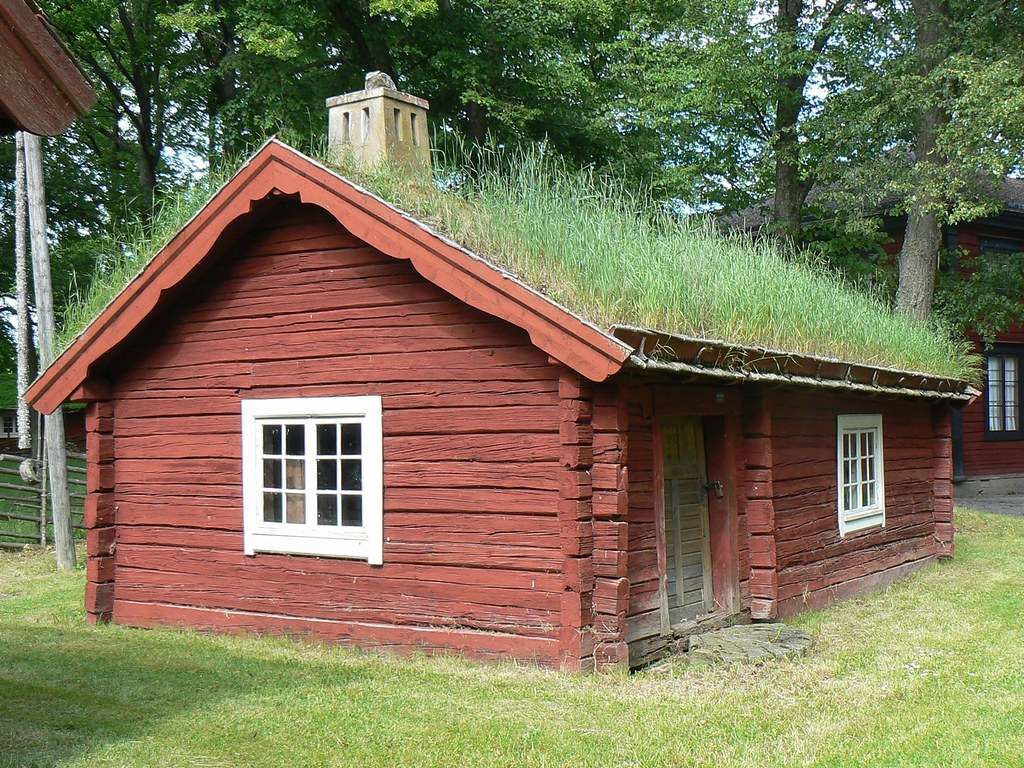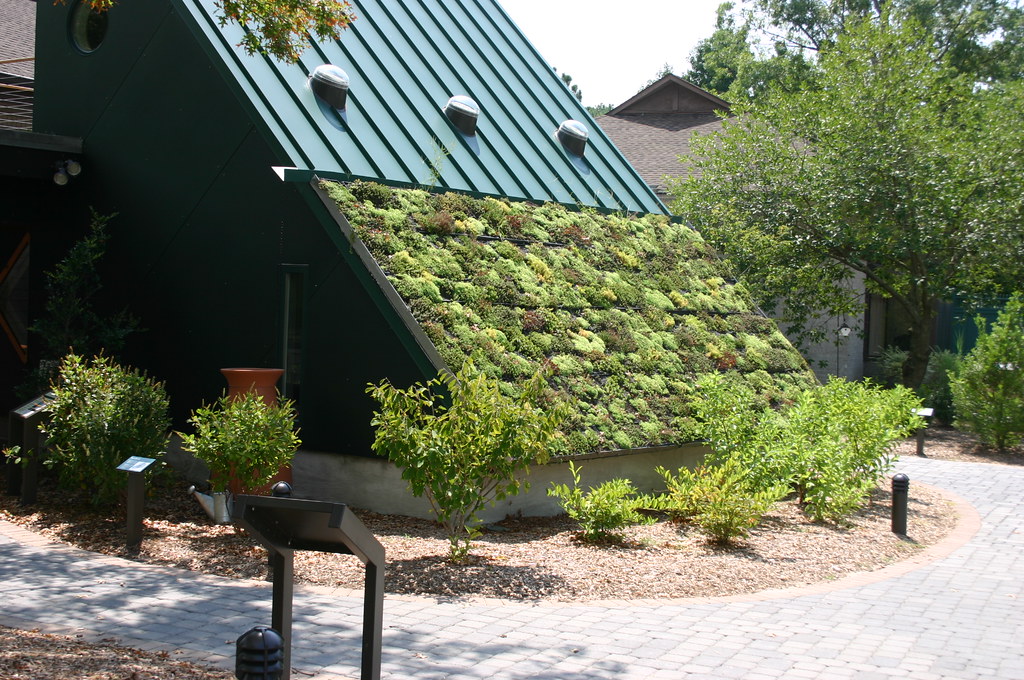Green roofing solutions are not just a trend; they're a revolutionary approach to sustainable living and urban design. Did you know that green roofs can reduce stormwater runoff by up to 75%? This fascinating fact opens up a world of possibilities for cities looking to combat the urban heat island effect and create more livable, breathable spaces. Dive into the world of green roofing to discover how these living installations are not only beautifying urban landscapes but also playing a crucial role in environmental conservation.

Green roofing, a sustainable building practice, offers numerous benefits for both the environment and homeowners. Environmentally, it contributes to biodiversity, providing a habitat for various species and supporting urban agriculture. Green roofs significantly reduce the urban heat island effect, thus lowering the need for air conditioning and reducing energy consumption. They also improve air quality by filtering pollutants and carbon dioxide, helping to combat climate change. Additionally, green roofs manage stormwater effectively, reducing runoff and sewer overflows, and improving water quality. For homeowners, green roofs extend the lifespan of roofing membranes, offer noise reduction, and can increase property values. They also provide potential savings on energy bills and create aesthetically pleasing and potentially usable spaces.
Green roofs can be categorized into three main types based on their depth, maintenance needs, and the variety of plants they can support. Extensive green roofs are lightweight, low-maintenance, and typically feature a thin layer of vegetation, such as mosses, succulents, and grasses, making them suitable for large areas and buildings with limited structural capacity. Intensive green roofs, on the other hand, are heavier and require more maintenance. They can support a wide variety of plants, including shrubs and small trees, creating park-like settings that can be accessible and used by people. Semi-intensive green roofs offer a middle ground, with moderate depth and maintenance requirements, supporting a broader range of plants than extensive roofs but requiring less structure and care than intensive roofs. Each type offers distinct benefits and considerations, making them suitable for different applications and preferences.
| Feature | Description |
|---|---|
| Function | Uses vegetation and soil as a roof covering. |
| Heat Reduction | Reduces urban heat island effect by absorbing heat. |
| Air Quality Improvement | Improves air quality by filtering pollutants and carbon dioxide. |
| Insulation | Provides natural insulation, reducing energy costs for heating and cooling. |
| Lifespan Extension | Extends lifespan of roofing materials by protecting them from UV rays and extreme temperatures. |
| Stormwater Management | Manages stormwater by absorbing and retaining rainfall, reducing runoff. |
| Biodiversity | Creates habitats for wildlife, increasing biodiversity. |
| Types | Includes extensive, intensive, and semi-intensive, varying in depth, maintenance, and plant varieties. |
| Regulations | Local regulations and building codes may affect design and feasibility. |
| Costs | Initial costs higher, but can be offset by long-term benefits like energy savings and roof durability. |
| Incentives | May qualify for government incentives or tax credits in some regions. |

Before embarking on the journey of installing a green roof, it's crucial to weigh several key considerations to ensure that your investment is both feasible and sustainable in the long run. One of the primary factors to consider is the initial cost of installation. Green roofs require a significant upfront investment, which varies depending on the type of green roof you choose—extensive, intensive, or semi-intensive. The complexity of the installation, the choice of plants, and the need for additional structural support can all influence the overall cost.
Maintenance is another critical aspect to consider. While extensive green roofs generally require minimal maintenance, intensive roofs, with their wider variety of plants and possible inclusion of trees and shrubs, demand more regular care, including watering, weeding, and fertilizing. Understanding the maintenance requirements and preparing for the ongoing care of your green roof is essential for its long-term health and success.
Finally, the suitability of a green roof for your specific building is a vital consideration. Not all structures can support the additional weight of a green roof, especially intensive types, without significant modifications. It's important to consult with structural engineers to assess your building's capacity. Additionally, factors such as local climate, building height, and roof accessibility can all impact the feasibility and design of your green roof. Considering these aspects will help ensure that your green roof project is not only environmentally beneficial but also practical and sustainable for your specific situation.
Incorporating green roofing solutions into your home not only benefits the environment but can also significantly improve your home's energy efficiency. These eco-friendly options, such as living roofs, enhance insulation and reduce heat absorption, leading to lower energy costs. Aligning with the principles of sustainability and efficiency, another innovative approach to optimizing your home's performance is through the creation of homemade attic baffles. Proper attic ventilation is crucial in maintaining a consistent temperature throughout your home, preventing issues like moisture buildup and ice dams in colder climates. Fortunately, there's a cost-effective solution for ensuring your attic is well-ventilated while also making the most out of your eco-conscious roofing choices. For a comprehensive guide on how to enhance your home's ventilation with these DIY solutions, explore The Ultimate Guide to Homemade Attic Baffles: A Cost-Effective Solution for Proper Ventilation. This resource provides you with step-by-step instructions and essential tips for a successful project, aligning seamlessly with your green roofing efforts.
For comprehensive information on the benefits and types of green roofs, visit the U.S. Environmental Protection Agency's page on green roofs.
The evolution of green roofing has seen the introduction of innovative materials and technologies aimed at enhancing sustainability and efficiency. One notable advancement is the development of lightweight, recycled materials that reduce the structural load on buildings while providing excellent water retention and insulation properties. These materials include recycled plastic and rubber, as well as bio-based materials like coconut fiber and wool. Additionally, the integration of smart technology into green roofs is on the rise. This includes sensors and automated irrigation systems that optimize water usage, ensuring plants receive the precise amount of water they need to thrive. Another cutting-edge technology is the incorporation of photovoltaic solar panels into green roofs, creating a dual-purpose system that not only supports vegetation but also generates renewable energy for the building. These innovations not only enhance the environmental benefits of green roofs but also improve their economic viability by reducing maintenance costs and increasing energy savings.